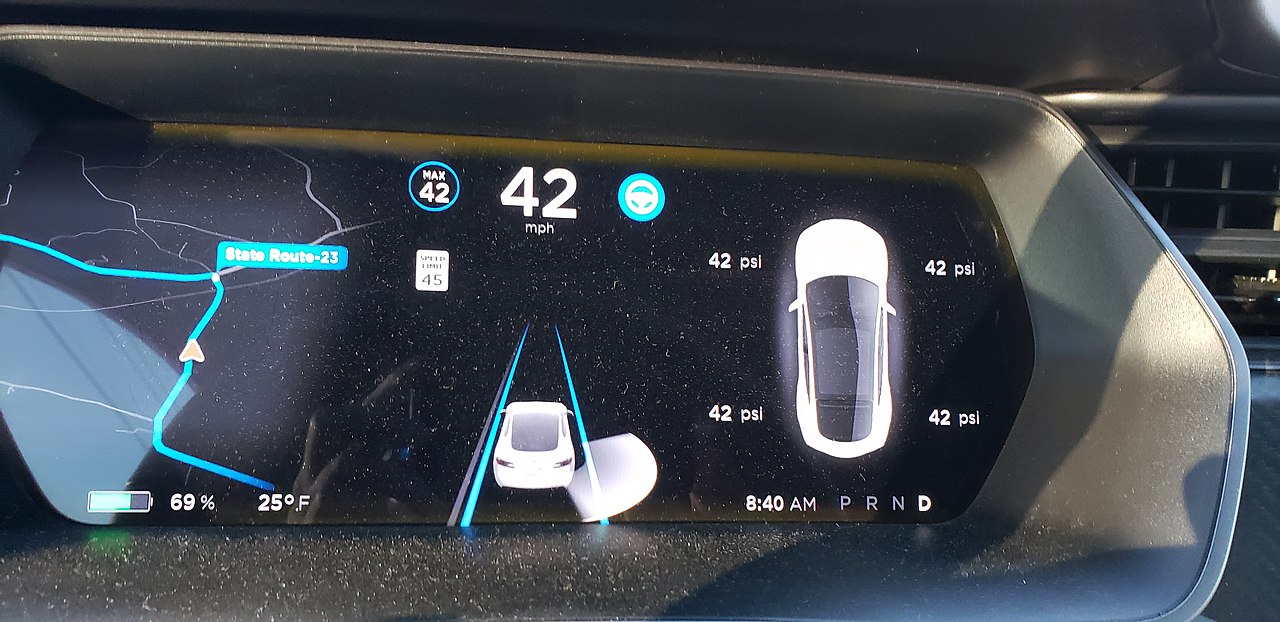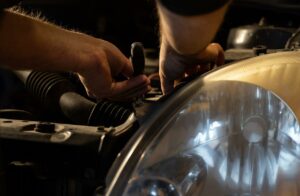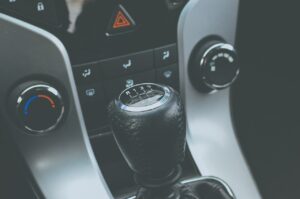Cars are getting more and more interesting as we start to integrate technology into them. Once upon a time, it was a miracle when a car had a working radio. Then, heated seats became the norm, depending on where the car was to be driven.
For some people, air conditioning in a car was the absolute peak of what a car could have. However, as the years went by, more stuff was added to the car, such as better sound insulation, more safety features, and nowadays, computers which can make the car behave better in situations which would otherwise be either dangerous or potentially lethal.
Modern technology has allowed some cars to be self-driving, to an extent. Depending on the manufacturer and the car’s level of luxury and price point, as well as use case, some have got the ability to self-drive.
Tesla is one of the main drivers of the AI car, the car which will drive you to the destination, and let you enjoy the ride from the driver’s seat.
But, is this something we can trust? Some will say yes, just like they’re certain that Xiaomi is the best phone ever, or that BeMyBet is one of the most useful website for bettors, but when it comes to autopilot, you should decide on your own. Let us take a deeper dive.
The Tesla Autopilot – What Does it Do?
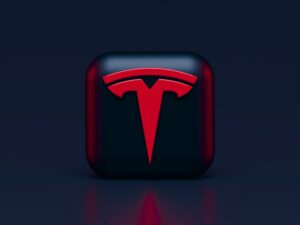
The Tesla Autopilot is one of the world’s best self-driving systems. It uses processing power and a complex camera system made from 8 cameras, to enable the car to self-navigate. The 8 cameras cover the entirety of the car’s surroundings, and have a range up to 250 meters.
Based on AI technology, the autopilot is supposed to help you navigate certain parts of the road which are repetitive and otherwise rather boring to drive through, such as a highway. And indeed, on highways, the autopilot works wonderfully well. You still have to have your hands on the wheel and have to give the car manual input here and there, but other than that, it does a really good job.
Another of the self-driving features is to have the car come to you in a parking lot. This feature seems like a gimmick but can be useful if you are feeling completely tired after a hard day’s work. Having the car come to you makes things easier.
But, What About Regular Traffic?
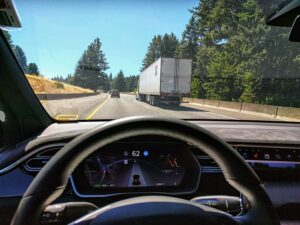
Now, Tesla’s Autopilot is a Level 2 autonomous system, meaning that it can change lanes, drive on a highway and drive through a parking lot, but all of that under constant human supervision. The car isn’t able to drive you from point A to point B while you sleep in the driver’s seat.
The car cannot change lanes without you hitting the turn signal. As stated, the hands must be on the wheel at all times, otherwise the system will disengage. These are safety features, which are there for a good reason. Road signaling, which the AI relies on, isn’t good in all parts of the world or country or city equally, meaning that the car can misinterpret some information and you might end up in trouble in just a second.
In regular traffic, you could use the autopilot, but you would end up spending more time and resources than you would driving by yourself.
What About the Future?
The problem with self-driving cars isn’t that the technology isn’t there, but that there needs to be standardization for these kinds of things, both the driving and the road, the cars, everything. AIs work best in a controlled environment, which is definitely not what traffic is. The reason for that is that humans drive cars and humans are very unpredictable, doing strange things in traffic without any reason other than their whim or emotions at the given moment.
Self-driving cars are still a ways off, but we are getting there and Tesla is leading the charge.

